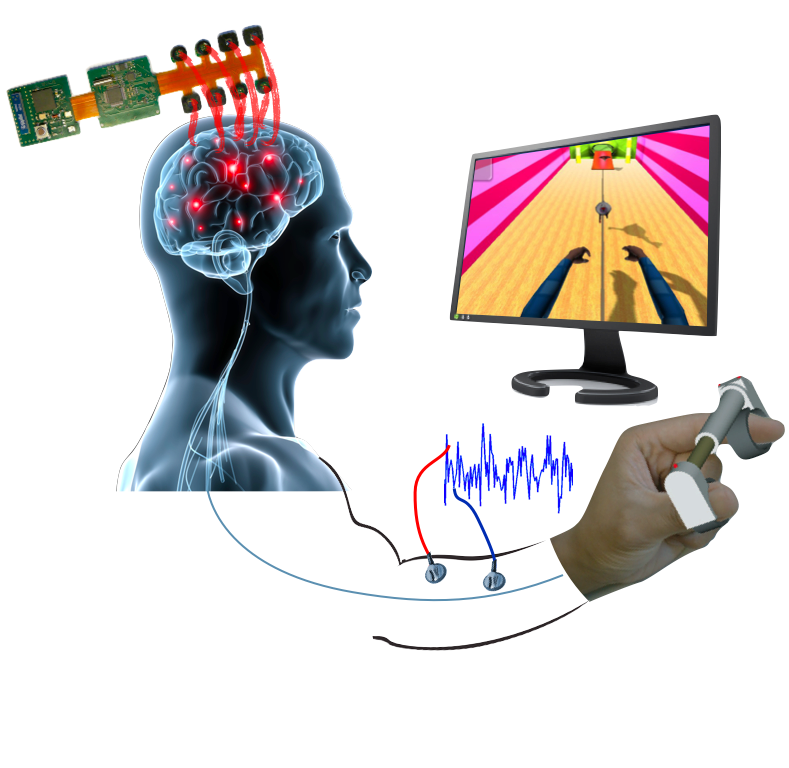
Utilizing visual feedback during neurorehabilitation
Utilizing visual feedback during neurorehabilitation
Visual feedback of movements used in neuroscience or during virtual-reality augmented rehabilitation is often computer generated and presented on a computer or television screen. The transformation of human-generated movement to feedback on the screen enables all kinds of real-virtual manipulations, such as movement augmentation. The goal of this project is to study the influence of different types of visual feedback and feedback manipulations on the neural circuits involved in motor tasks. This knowledge can then be used to design novel virtual-reality augmented rehabilitation therapies that distinctly engage motor networks in the brain by providing specialized movement feedback.